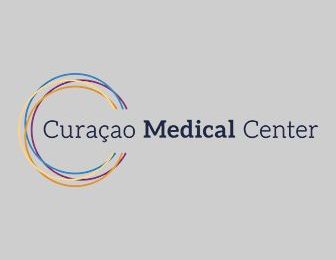Which are the different types of burns
There are different types of burns. This distinction is important because the treatment differs for each one :
First degree burn:
With a first-degree burn, the skin or epidermis is not yet damaged. The skin is red, dry, painful and sometimes swollen. For example, consider sunburnt skin.
Superficial second degree burn:
With a superficial second-degree burn, the skin is damaged. The skin is red, wet and painful. There is blistering.
Deep second degree burn:
In a deep second-degree burn, the skin is visibly damaged. The heat has been able to penetrate longer into the skin tissue and there is therefore clearly a wound. The wound is reddish/white, wet and very painful. Blistering can also occur here.
Third degree burn:
In a third-degree burn, the wound is white or black, dry, and leathery. You will hardly feel any pain with this burn because the nerves in the skin are affected. Third-degree burns usually occur in conjunction with second and first-degree burns.


What is the burn treatment like?
- You can take a painkiller (paracetamol) for pain fro mall burn types.
- In case of a first-degree burn and a superficial second-degree burn, the treatment consists of applying a cream such as ‘after sun’ or body lotion.
- The doctor or nurse treats deep second-degree and third-degree burns with silver sulfadiazine cream or oily gauze.
- Large or broken blisters are removed as much as possible.
- Tetanus injection. If you received this more than 10 years ago.
What can you also do?
You will likely visit the hospital or your GP within 1 or 2 days for a check-up. You will then receive further explanations on how to deal with the wound yourself. In general, the following applies:
- For deep second-degree and third-degree burns, it is necessary to change the dressing daily. Here you rinse the old ointment with water. Then apply ointment to the wound again.
- Once the wound has healed, the follow-up treatment consists of keeping the scar fat with cream.
- If the burn is on or near a joint, move that joint again as soon as possible. Movement prevents the joints from becoming stiff.
- Avoid direct sunlight on the scar for the first year or apply a sunscreen with a factor of 20 or higher on the scar area.
- When the burn wound heals, the skin may itch, try not to scratch.
Which complications can occur?
A burn can result into an inflammation.
In the long term, the following complications may arise:
scarring;
Contractures: a permanent contraction of tissues can cause curvature of one or more joints;
movement restriction;
Sensitivity loss: due to the burn, the small sensory nerves are affected, so that the feeling in the skin is reduced or completely gone.


When to contact a doctor?
Among the first signs of inflammation is a fever or hot and red wound is hot and red. It is important that you contact your treating doctor.
More information?
For more information, please refer to the Emergency Department where you were treated or your General Practitioner

